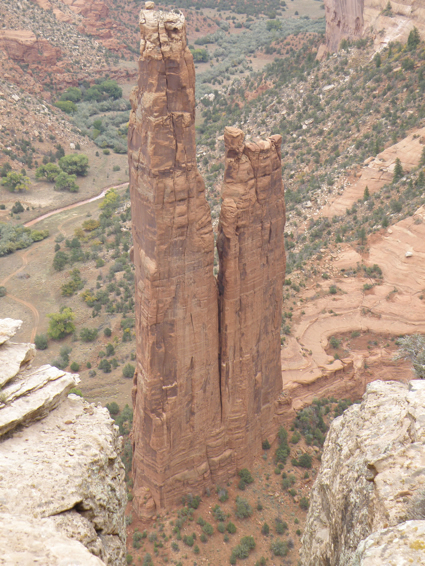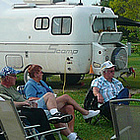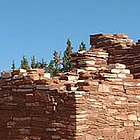Sleep beneath starry skies at Canyon de Chelly National Monument
Honouring the area's history and stories, the Navajo people guide visitors around this sacred site

I must admit that Canyon de Chelly National Monument comes second only to Zion National Park as my favourite canyon area. It is unique in that even though it is a national park it is on Navajo lands and is very much controlled by the First Nations people.
When the government proposed the creation of the national monument, the aboriginal people insisted that there be no fees to enter the park or to camp there. They wanted their own people to be able to use the land. So far, they have been successful.
The campground is superb. Large, well-laid-out sites are arranged in three separate loops. Each site has a table and barbecue stand. The campground is well maintained and has one of the best dump sites we have ever used.
A natural wonder
Canyon de Chelly National Monument is a labyrinth of canyons. Smaller chasms like Black Rock Canyon and Monument Canyon join the two major canyons—Canyon del Muerto to the north and Canyon de Chelly to the south. Both the north rim and the south rim have overlook sites (lookouts) that give spectacular views of the canyon floors (some 800 feet below) and the living, working farms; the many layered sheer cliffs across the other side of the canyon, as well as an array of ancient cliff dwellings, slid gracefully under protective ledges of rocks.
An expert to guide you
The Navajo are very protective of their heritage and their privacy. While both the north and the south rim roads are open to self-guided tours, there must be a native guide to take you into the bottom of the canyons. As you ramble along in old, open, 6X6, four-wheel-drive ex-military trucks, the guide explains how the cliff dwellings were built, how the ancient people lived and the significance of the structures.
One of the ancient Anasazi cliff dwellings—the White House ruins—is open for public viewing. There is a rigorous four-kilometre return hike down from the south rim and back up again. Speculation is that the White House was constructed around 1200. There is much speculation and little evidence as to what happened to the Anasazi; they just seemed to disappear.
Spider Rock rises about 800 feet above the surface at the junction of Canyon de Chelly and Monument Canyon. A lesser spiral to the west is called the Face Rock.
As legend would have it
A Navajo story tells how Face Rock would inform the Spider Woman (a holy woman who lived on top of the Spider Rock) about naughty children. She would then carry the children to the top of the rock. The story goes that the white band near the top of the Spider Rock represents the bones of the bad children eaten by the Spider Woman.
The Navajo have many wonderful stories.








